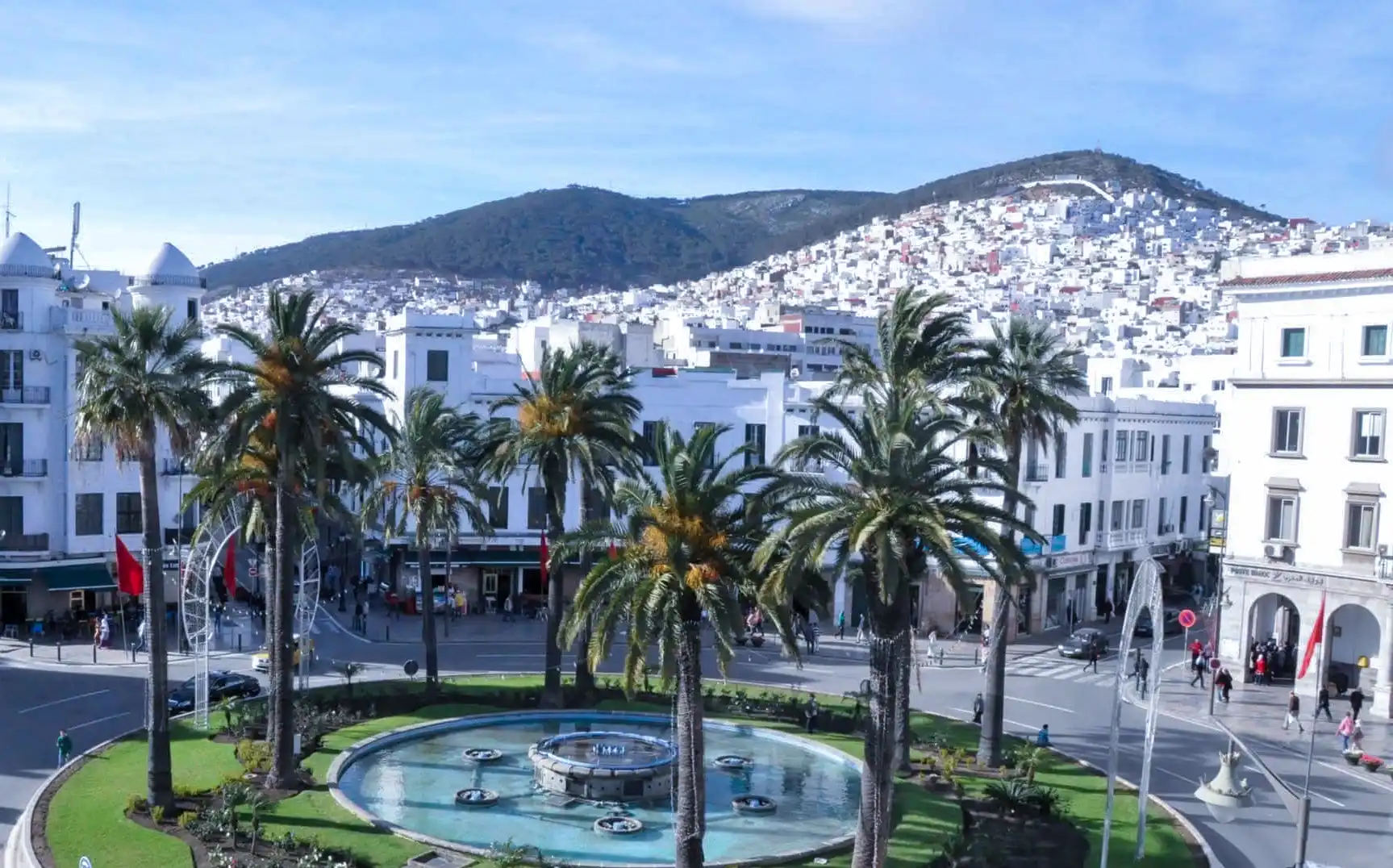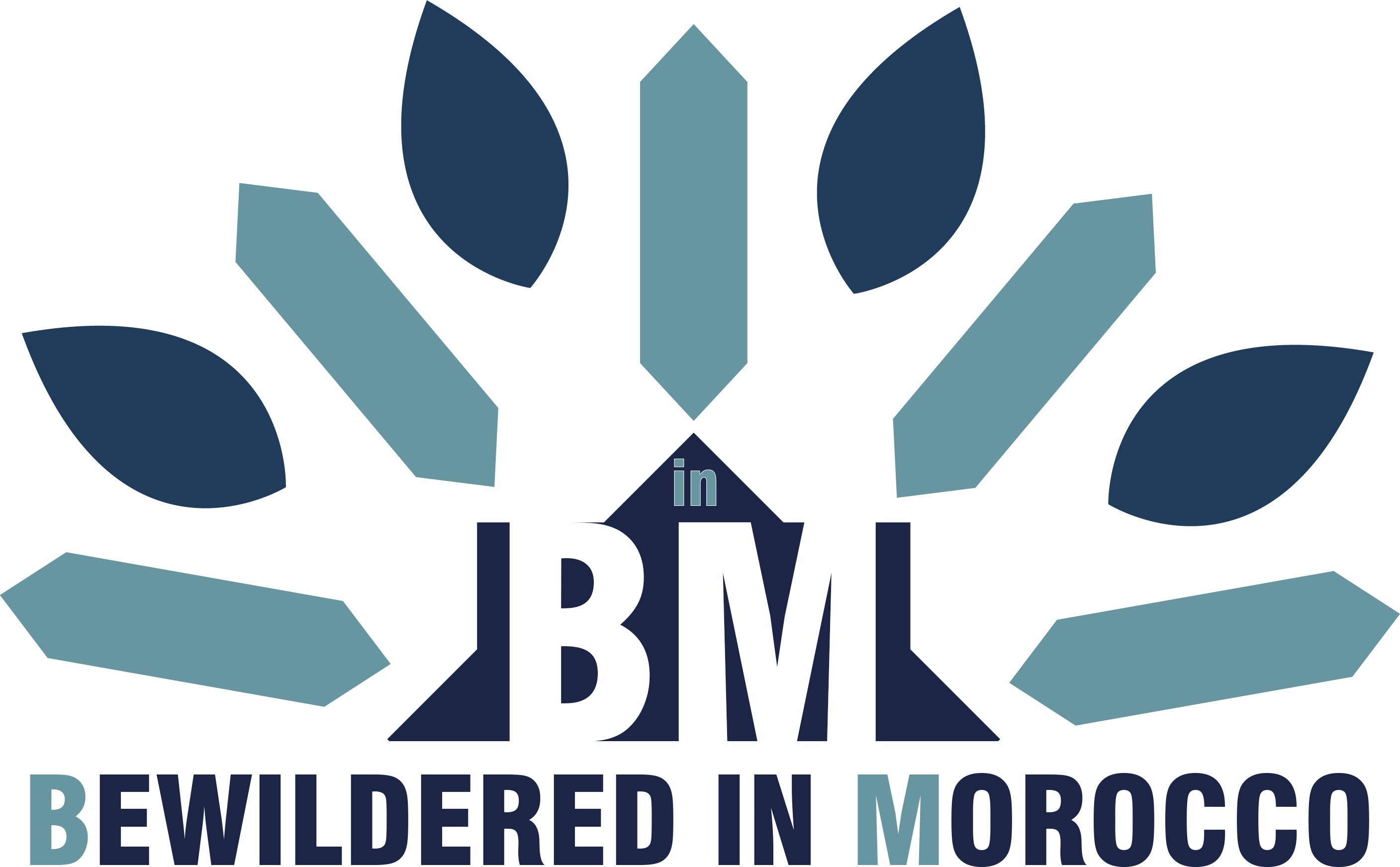When someone asks me about the most beautiful cities in northern Morocco, one name always comes to mind: Tetouan northern Morocco. This enchanting white city, nestled between mountains and Mediterranean coast, captured my heart the moment I stepped into its ancient medina. But what makes Tetouan so special compared to other northern Moroccan destinations?
The Journey to Morocco's White Dove

My adventure to Tetouan northern Morocco began in a small village called Ain Lahsan, about 30 minutes from the city center. This rural commune sits peacefully between Tetouan and Larache, offering travelers a perfect introduction to the region's natural beauty. The green landscapes and peaceful atmosphere provide instant mental relaxation—exactly what you need before exploring one of Morocco's most historic cities.
I stopped at a local restaurant in Ain Lahsan, not just for the traditional Moroccan food, but for the panoramic views that stretch across rolling hills. After recent rainfall, the scenery was particularly stunning. You don't have to eat here—a simple glass of mint tea while taking photos is perfectly acceptable, and the locals are incredibly welcoming.
Tetouan: The White Dove of Northern Morocco
Tetouan northern Morocco earned its nickname "the White City" or "the White Dove" for good reason. As one of Morocco's oldest cities, Tetouan beautifully combines Andalusian soul with authentic Moroccan taste. The city is renowned for its art and music scene, and its strategic location makes it perfect for day trips to Tangier, Martil, Tetouan, or even Chefchaouen.
The history here runs deep. When the Moors were expelled from Andalusia, many settled in Tetouan, bringing their architectural styles and cultural traditions. This blend creates something truly unique—you'll feel like you're walking through both Morocco and southern Spain simultaneously.
Feddan Square: The Heart of the City
My first stop was Feddan Square (also called New Feddan Square), which holds special significance in Tetouan northern Morocco. This historic square showcases beautiful architectural design and serves as the social hub of the city. Located near the ancient city walls, it's close to one of the seven gates—Bab El Oqla.
For families visiting Feddan Square, there's a lovely playground where children can play safely. The square connects directly to the old medina through various narrow streets, making it an ideal starting point for exploring the ancient city.
Exploring the Ancient Medina
Walking through the medina of Tetouan northern Morocco feels like traveling back in time. The ancient city is surrounded by walls and accessed through seven historic gates. Narrow alleys painted white lead you past colorful doors, and the locals here are incredibly friendly—they'll recognize you as a visitor but welcome you like family.
The medina maintains its traditional Andalusian character with Moroccan decorative elements. You can smell the aroma of centuries-old traditions in these streets. The buildings showcase special Andalusian architecture with intricate Moroccan zellij tilework that Fez is famous for.
Each gate in the medina leads somewhere different. One takes you to the famous Palace Square in Tetouan, another connects back to Feddan Square, or you can simply wander and enjoy watching local life unfold in this magnificent Andalusian setting.
A Surprising Discovery: The Catholic Church
In the heart of Tetouan northern Morocco stands a Catholic church, one of the most recognizable landmarks in the city. This Spanish-influenced architecture makes you feel like you've stepped into Spain while remaining firmly in Morocco—a perfect example of how cultures blend beautifully in this northern city.
Traditional Crafts and Local Delicacies
The old medina offers everything from ancient to modern goods. All traditional crafts are represented here: pottery, leather goods, traditional utensils, and perfect souvenirs for friends and family. But what really caught my attention were the sweets that northern Morocco is famous for.
I had to try the famous Tetouan fqas (traditional cookies). At a local sweet shop, I discovered almond cookies for 25 dirhams and tried various local specialties including makrout (date-filled semolina cookies) and sablé cookies. The shopkeeper was patient, explaining each sweet and even letting me sample different varieties.
Northern Morocco's Culinary Specialties
No visit to Tetouan northern Morocco would be complete without trying croquettes—whether filled with chicken, fish, or cheese. You'll find these everywhere, from upscale restaurants to small snack bars. I also tried the local fish dishes and bocadillos, which are among the most popular street foods in the region.
Burj Al Qaa: A Traditional Mountain Cafe
On my way down from the old medina, I discovered Burj Al Qaa, a traditional café with stunning mountain views. This spot perfectly captures the traditional northern style—from its furnishings to wooden decorations and intricate designs. Every corner reflects authentic northern Moroccan character.
The café offers accommodation options and serves northern-style breakfast, but I chose to simply enjoy coffee while gazing at the mountains surrounding Tetouan northern Morocco. The panoramic views are breathtaking, and you'll find traditional clothing and musical instruments displayed throughout—authentic touches that make this region famous.
Mountain Views and Mint Tea
Sitting before the Bni Anas mountains with a glass of northern-style mint tea was pure magic. As someone who loves Moroccan tea culture, this moment perfectly captured why I fell in love with this region. The peaceful atmosphere made it difficult to leave.
Easy Access to Coastal Towns
One of Tetouan northern Morocco's greatest advantages is its proximity to coastal destinations. Martil and M'diq are just 15 minutes away, perfect for enjoying sea breezes, beach walks, or relaxing at waterfront cafés. These coastal towns complement Tetouan beautifully—mountains and sea within minutes of each other.
Practical Tips for Visiting Tetouan Northern Morocco
Getting There: Shared taxis from major cities are economical and offer chances to meet locals. They depart when full, so patience is helpful.
When to Visit: After rainfall, the surrounding landscapes are particularly beautiful. Any season works well due to the mild Mediterranean climate.
What to Budget: Traditional sweets range from 25-30 dirhams. Meals at local restaurants are reasonably priced, and mint tea costs just a few dirhams.
Where to Stay: The city offers various accommodation options, from traditional riads in the medina to modern hotels near Feddan Square.
Day Trip Options: Use Tetouan as a base for exploring Chefchaouen, Tangier, or coastal towns like Martil and M'diq.
Why Tetouan Stands Out in Northern Morocco
After exploring many northern Moroccan cities, Tetouan northern Morocco holds a special place for several reasons. The authentic Andalusian architecture remains largely unchanged, the locals maintain genuine warmth toward visitors, and the combination of mountains, history, and nearby coast creates perfect variety.
Unlike more touristic destinations, Tetouan retains its authentic character. You're not just visiting—you're experiencing real Moroccan life in one of the country's most historically significant cities.
Your Turn to Discover Northern Morocco's Gem
Tetouan northern Morocco left me with lasting memories and a collection of sweet treats that made perfect souvenirs. This city reveals new layers each time you explore it—there's always something more to discover around the next corner.
Have you visited Tetouan or other northern Moroccan cities? What struck you most about the region? I'd love to hear about your experiences and answer any questions about planning your own northern Morocco adventure. Share your thoughts in the comments below—your insights might help fellow travelers discover their own magical moments in this remarkable corner of Morocco.
What's your favorite northern Moroccan destination, and how does it compare to the white dove city of Tetouan?
